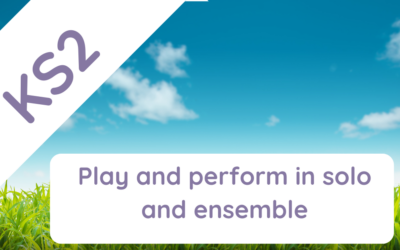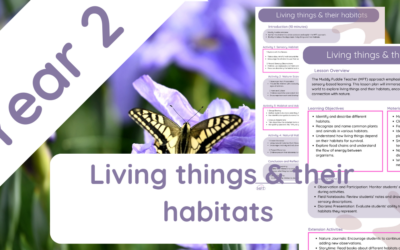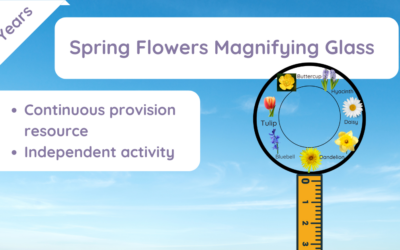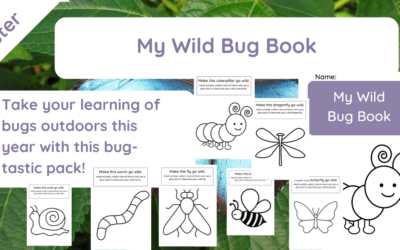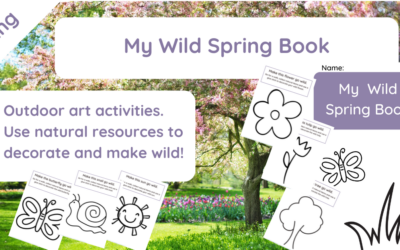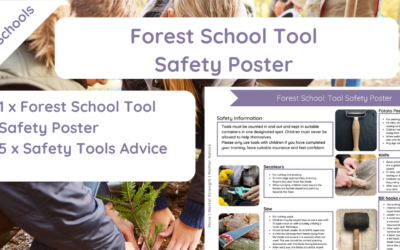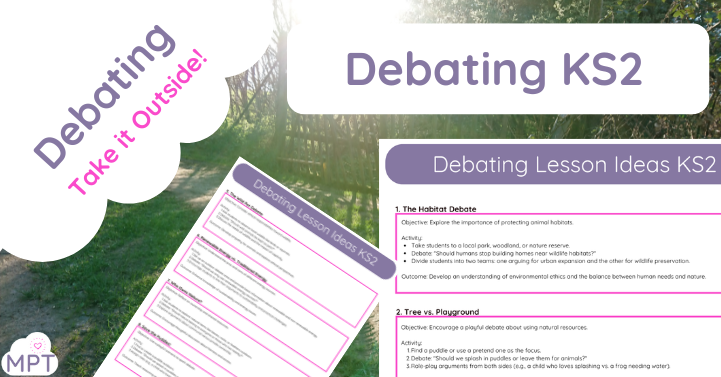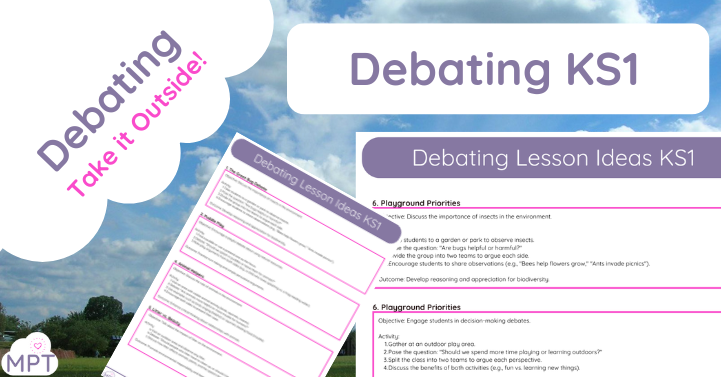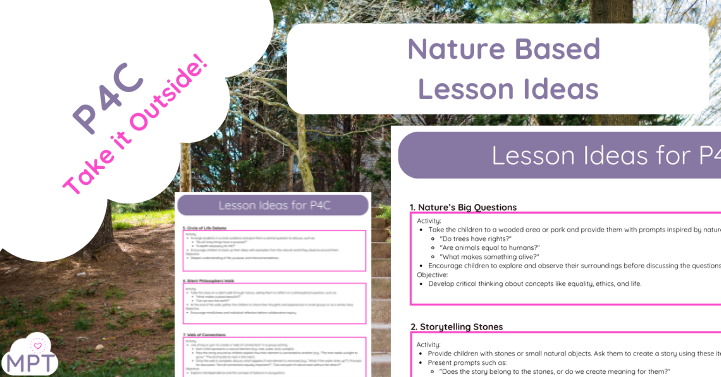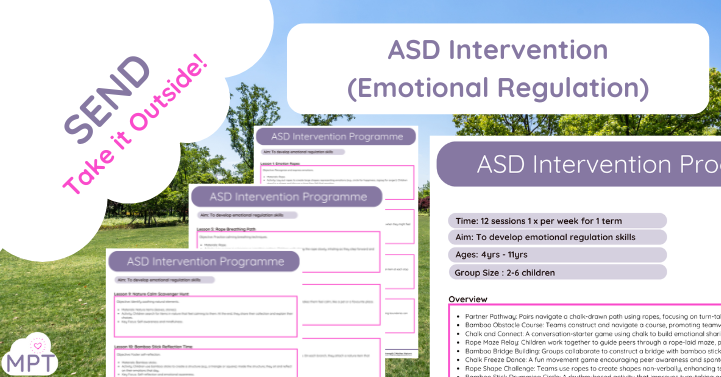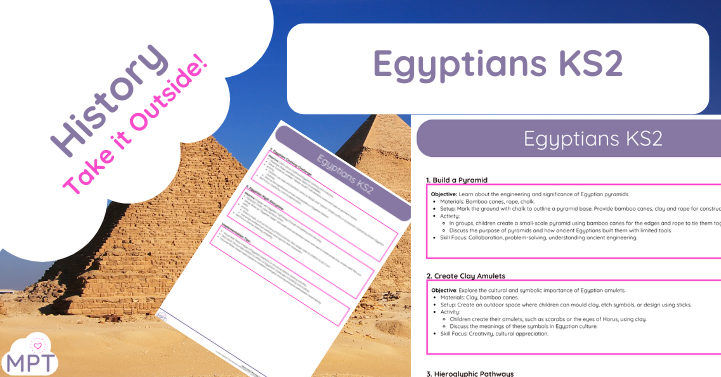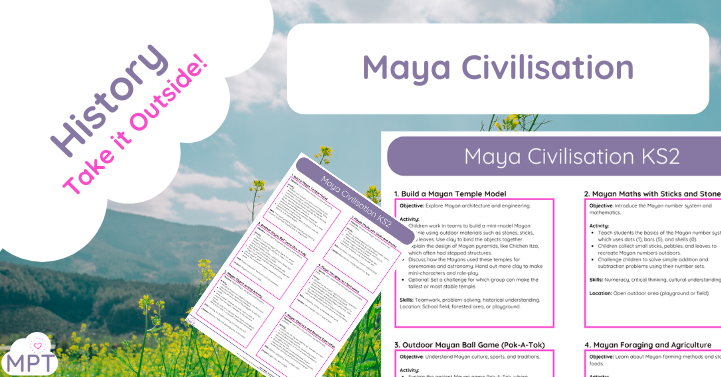Locating the World's Countries: A KS2 Guide Understanding the world's geography is a crucial part of the KS2...
Saint David’s Day
Jun 26, 2024
Celebrating Saint David's Day with Outdoor Learning Saint David's Day, celebrated on March 1st, is a significant...
KS1 Continents and Oceans
Jun 26, 2024
Exploring Oceans and Continents for KS1 Exploring the vastness of our world is an exciting adventure, especially for...
Play and perform in solo and ensemble contexts (Music KS2)
Jun 25, 2024
Introduction Playing and performing music in solo and ensemble contexts is a crucial aspect of the KS2 music...
Living things & their habitats Year 2 : Lesson Plan
Jun 20, 2024
More about this resource: This is a two-sheet lesson plan to help you take this curriculum area outside for the entire...
Year 6 Transition Day Ideas
Jun 1, 2024
Benefits of Doing Your Year 6 Transition Day Outdoors Year 6 Transition days are essential for helping students...
Spring Flowers Magnifying Glass
Apr 29, 2024
What does this resource include? 1 x Magnifying Glass How can I use this resource? Use Spring Flowers Magnifying...
Easter Egg Hunt KS2 (Comprehension Theme)
Apr 1, 2024
What does this resource include? 1 x Easter Egg Hunt KS2 Pack 16 x Clues with letters that make up the mystery word 1...
Easter Egg Hunt KS1 (Reading Theme)
Apr 1, 2024
What does this resource include? 1 x Easter Egg Hunt Pack 12 x Clues with letters attached 1 x Answer Sheet for the...
Easter Egg Hunt EYFS
Apr 1, 2024
What does this resource include? Easter egg hunt pack 9 x clue sheets to scatter around your outdoor spaces 1 x Answer...
My Wild Bug Book
Mar 28, 2024
What does this resource include? 7 x outdoor activities How can I use this resource? Use 'My Wild Bug Book' to learn...
My Wild Easter Activity Book
Mar 28, 2024
What does this resource include? 6 x outdoor activities 1 x pack per child How can I use this resource? Use My Wild...
My Wildest Wild Book
Mar 28, 2024
What does this resource include? 6 x full-page art activities 1 x Book per child How can I use this resource? Use...
My Wild Spring Book
Mar 28, 2024
What does this resource include? 6 x Art Activities using natural materials, completed outdoors. 1 x Book per child...
My Wild Easter Book
Mar 28, 2024
What does this resource include? 6 x Outdoor Art Activities 1 x book per child How can I use this resource? Use My...
FREE World Book Day Book- Mini & Nook (Outdoor eBook)
Mar 21, 2024
What does this resource include? 1 x eBook (To be downloaded onto a tablet and read outdoors) Instructions on how to...
Global Day of Unplugging
Feb 29, 2024
What does this resource include? 1 x Whole School Ideas Pack including parents sheet How can I use this resource? ...
Forest School ToolSafety Poster
Feb 26, 2024
What does this resource include? 1 x Forest School Tool Safety Poster How can I use this resource? Use the Forest...





